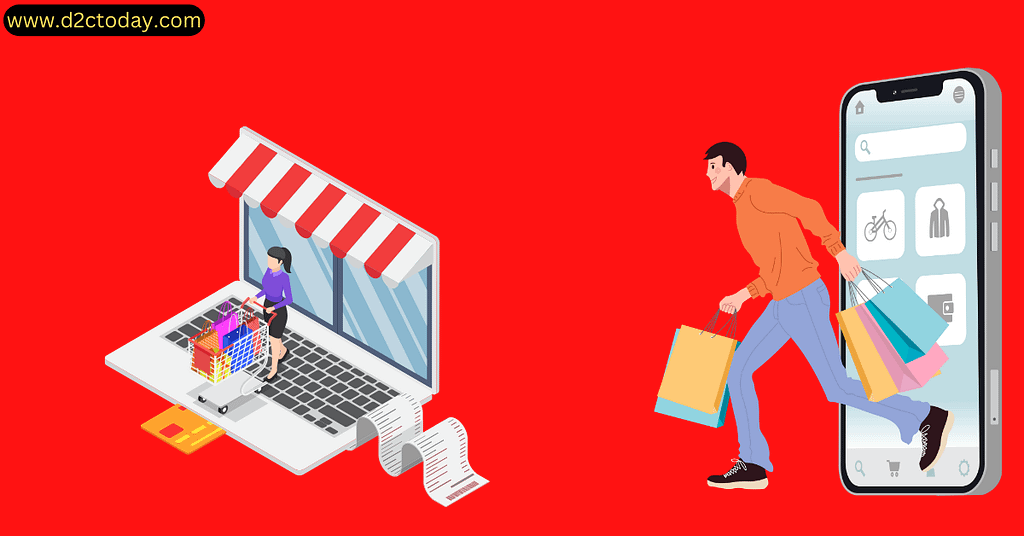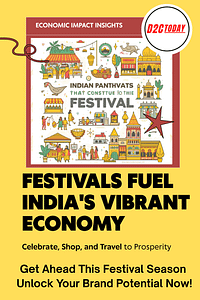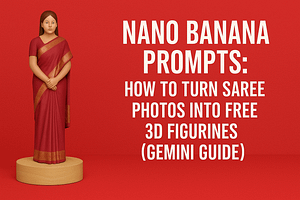India’s quick commerce sector is experiencing unprecedented growth, driven by evolving consumer behaviors and substantial investments. In 2024, the market was valued at approximately $48.3 billion and is projected to reach over $306 billion by 2033, with a compound annual growth rate (CAGR) of 20.18%.In this newsletter we Identify Quick Commerce India Consumer trends and global perspective.
Custom Market Insights – This surge is reshaping consumer psychology, as urban populations increasingly favor rapid delivery services for daily essentials. Globally, China leads the quick commerce market, with revenues expected to hit $92.68 billion by 2025.Statista
These global benchmarks offer valuable insights for India’s quick commerce trajectory, highlighting the transformative impact of consumer demand and investment on retail landscapes worldwide.
The Psychology of Quick Commerce India Consumers
Understanding the psychology behind why consumers prefer quick commerce can help industry executives refine strategies for market penetration, customer loyalty, and increased spending.
The Need for Instant Gratification
Quick commerce thrives on fulfilling the consumer’s desire for immediacy, a psychological need amplified by technology and urban lifestyles.
- Behavioral Insights:
- Studies show that 90% of urban Indian consumers prefer convenience over cost when it comes to essentials like groceries.
- Instant gratification is more prevalent among younger consumers (18–35), who value speed and ease of use over savings.
- Example: Zepto’s ability to deliver in 10 minutes helps it capture impulse purchase behavior, particularly late at night.
- Neuroscience of Speed:
Dopamine, the brain’s “reward chemical,” is released when consumers receive quick deliveries, creating a positive reinforcement loop and increasing repeat usage.
Habit Formation
Once consumers experience the convenience of quick commerce, it becomes a habit. Companies leverage this with data-driven nudges:
- Behavioral Triggers:
- Notifications like “Running low on milk?” or “Your favorite snacks are back in stock” prompt users to reorder.
- Blinkit’s Strategy: Regularly reminds users to restock essential items, boosting repeat transactions by 25% in 2024.
- Subscription Models:
Platforms like Swiggy Instamart and Amazon Quick offer recurring delivery subscriptions for milk, bread, and eggs, cementing habitual usage.
The Emotional Component
Consumers see quick commerce as a solution to stress. By eliminating the need for store visits and offering instant access to essentials, these platforms reduce cognitive load.
Example Scenario:A busy parent who forgets to buy diapers can rely on Zepto to deliver them in 10 minutes, creating an emotional connection to the brand as a lifesaver.
Breakthrough Technological Innovations in Quick Commerce
Technology powers the quick commerce industry, enabling it to scale rapidly while meeting consumer expectations. Let’s examine specific innovations transforming the sector.
AI-Powered Demand Forecasting
- Technology in Action:
Companies like Zepto and Blinkit use AI to predict demand based on historical data, local events, and weather patterns.- Example: During monsoons in Mumbai, Blinkit increases inventory for tea, coffee, and snacks by 30%.
- Impact:
Predictive analytics has reduced wastage by 20% and ensured 95% product availability during peak demand.
Hyperlocal Delivery Optimization
- Dynamic Routing Algorithms:
AI systems calculate the fastest delivery routes, accounting for real-time traffic and rider availability.- Example: Swiggy Instamart reduced average delivery times by 12% in Bengaluru using enhanced routing in 2024.
- Fleet Efficiency:
Platforms like Blinkit and Swiggy optimize rider assignments using load-balancing algorithms, ensuring no rider is overwhelmed while maintaining on-time delivery.
Dark Store Automation
Dark stores are the operational backbone of quick commerce, and automation has enhanced their efficiency dramatically.
- Robotic Picking Systems:
- Robotic arms and conveyor belts are used to pick, pack, and sort items in less than 2 minutes.
- BigBasket’s Innovation: Its flagship automated store in Bengaluru handles 10,000 orders daily with a 99% accuracy rate.
- AI for Inventory Management:
Predictive stocking algorithms ensure that dark stores prioritize high-demand SKUs and avoid overstocking low-velocity items.
Sustainability Tech
As consumers become environmentally conscious, technology plays a critical role in enabling sustainable operations:
- EV Adoption:
Swiggy and Blinkit have introduced electric vehicle fleets that reduce emissions by 40% and cut delivery costs by 18%. - Sustainable Packaging:
Amazon Quick Commerce is testing biodegradable packaging materials, expected to reduce plastic waste by 30% in 2025.
Global vs. Indian Quick Commerce Strategies
The quick commerce market in India has unique challenges and opportunities compared to global markets. Let’s explore how strategies differ and overlap.
Market Dynamics
- Global Markets (US, Europe):
- Focus on high AOV (average order value): Platforms like GoPuff (US) and Gorillas (Europe) cater to affluent consumers with premium products.
- Slower Delivery Times: 20–30 minutes is acceptable in most Western markets due to lower population density and less urgency.
- India:
- Low AOV, High Volume: Indian consumers prioritize affordable pricing, with AOV typically ranging between ₹300–₹500 ($4–$6).
- Ultra-Fast Delivery: India’s dense urban centers enable 10–15 minute deliveries, creating a competitive advantage for local players.
Technological Variances
- Global Markets:
- Heavy reliance on warehouse robotics and AI forecasting due to labor shortages.
- Drone deliveries have been piloted extensively, especially in rural and suburban areas of the US.
- India:
- Focus on dark stores and hyperlocal logistics due to the abundance of affordable labor.
- Limited use of drones, but experiments with EVs are rapidly scaling.
Consumer Preferences
- Global Markets:
Consumers in developed economies demand premium experiences and are willing to pay high delivery fees. - India:
Indian consumers are highly price-sensitive. Companies like Zepto succeed by offering low delivery fees (₹10–₹29) and attractive discounts.
Key Lessons for Indian Professionals
- Adapt to Scale: India’s quick commerce market is larger and more complex due to its population density and diversity. Scale must be achieved efficiently.
- Localize Products: Offer regional products tailored to specific demographics (e.g., masala chai kits in North India).
- Affordability is Key: Indian consumers are far more cost-conscious than their global counterparts, making low delivery fees essential for retention.
Key predictions for 2025 and beyond
- Wider Adoption: Tier-2 and Tier-3 cities will become the new battleground as urban saturation increases.
- Tech-Driven Sustainability: EVs, drones, and AI-driven logistics will define future cost-efficiency and eco-friendliness.
- Mergers and Consolidation: Smaller players will either merge with giants or exit as competition intensifies.
- Hyper-Personalization: Consumer experiences will become deeply personalized through AI and big data analytics.
In Summary
The quick commerce race in India has only just begun. While global insights can guide strategies, success will hinge on adapting to India’s unique market dynamics and its demanding, price-sensitive consumers.

India’s quick commerce industry is at the cusp of its next growth phase. The interplay of evolving consumer psychology, cutting-edge technologies, and global influences will shape its trajectory.








1 thought on “Quick Commerce India: Unlocking Consumer Minds, Shaping Global Trends 2025”
I was more than happy to search out this net-site.I wanted to thanks to your time for this wonderful learn!! I undoubtedly having fun with every little little bit of it and I’ve you bookmarked to check out new stuff you blog post.